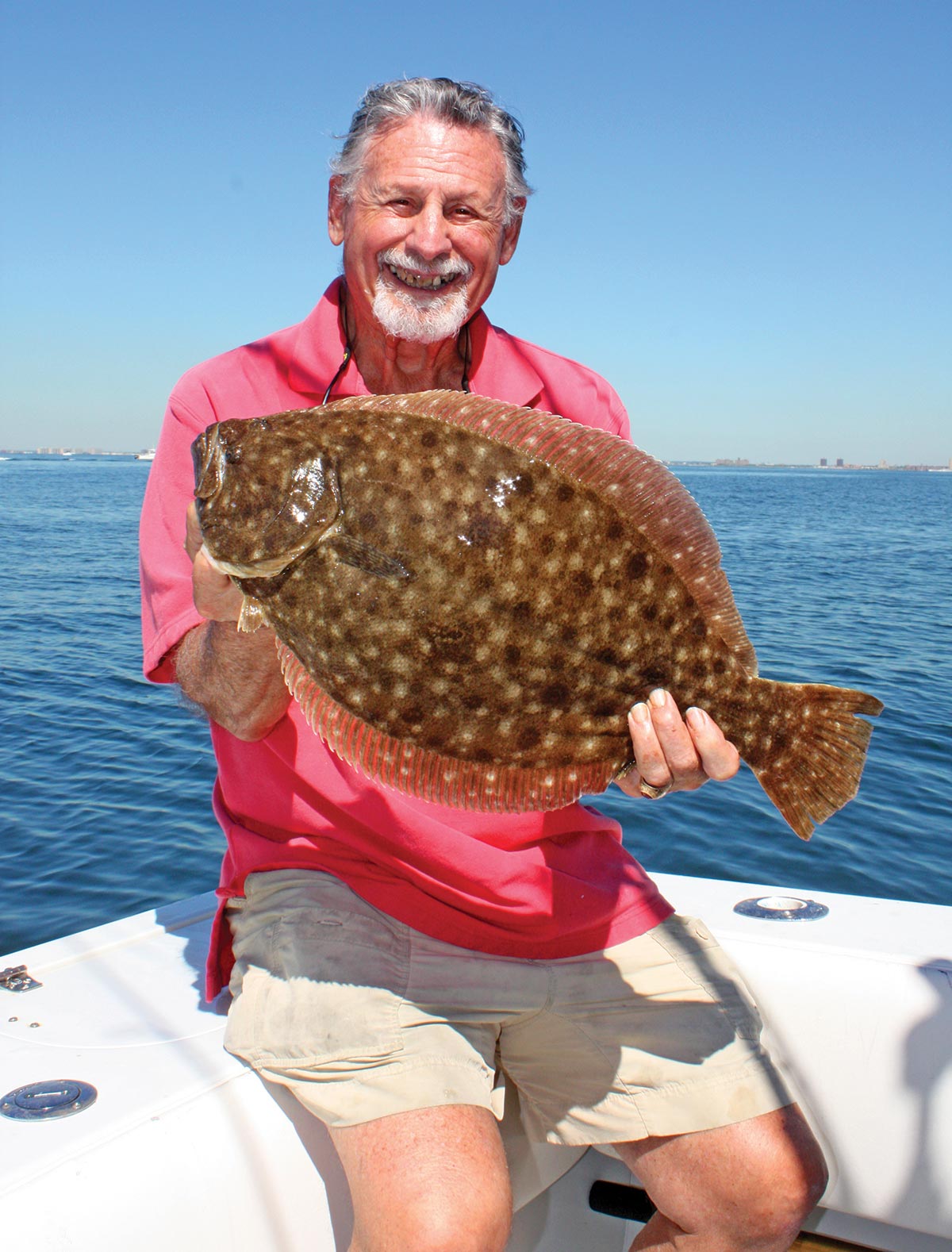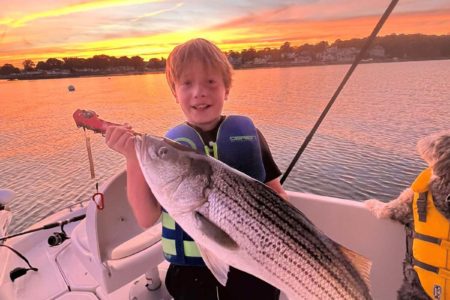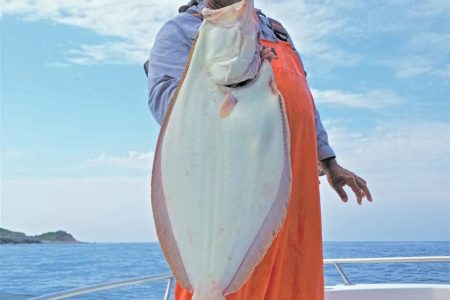Picking up the political pieces towards national fisheries reform.
When foreign vessels primarily from Eastern Bloc nations were decimating local fish stocks just 12 miles from the American coastline, Capt. Al Ristori and a corps of fellow angler activists were able to find common bond with the commercial sector in working towards passage of the Magnuson Act in 1976. Ristori remembers the earliest meetings on working towards that primary fisheries law taking place on the Palace, a 110-foot party boat owned and operated by the Baletti family, which ran out of Hoboken.
“It only took about two or three years,” Ristori said of the effort to create a 200-mile limit to restrict resource extraction solely to American businesses inside of federal waters. “We thought it was going to take at least five years, but I knew we could do it,” he said.

Ristori said the local fishermen and environmentalists had everything going for them. “Except for the fact that the State Defense Department was dead set against it, as well as the California high seas tuna fleet,” Ristori said. You can imagine the West Coast tuna fleet’s opposition; it’s only been a year now since California passed legislation in September of 2018 to phase out drift-net fishing in California waters.
On the other hand, what’s shocking to think about is that the State Department would’ve opposed an effort to push Russian and East German fleets farther than 12 miles from shore during the Cold War.
“They were in the Mud Hole, with all our ling and whiting,” Ristori laughed about the ridiculousness of U.S. policy at the time, which not only led to the decimation of our nearshore fisheries but simultaneously allowed the biggest geopolitical threat of our time to set up radio communications barely beyond the coastal horizon.
Passed in 1976, the Magnuson-Stevens Act would go on to foster long-term biological and economic sustainability of our nation’s marine fisheries out to 200 nautical miles from shore and was named after U.S. Senators Warren G. Magnuson of Washington state and Ted Stevens of Alaska. As our nation’s primary fishing law would get modified over time, first with passage of the Sustainable Fisheries Act of 1996 and then reauthorization of the Magnuson Stevens Fisheries Conservation and Management Act of 2006.
“There are improvements that have to be made,” said Ristori about the latest debate over Magnuson. “It’s always going to be evolving, and it’s always going to be complicated, but when we started this we didn’t envision what we ended up with.”
While debates are raging within the fishing communities today over how the Magnuson Stevens Act currently affects access to critically important fisheries like black bass, fluke, cod and haddock, Ristori said the original battle was a little direr. “All we were concerned with at the time was getting the foreign fleets out of there and saving the resource before it was completely gone.”
“Species were already going down fast,” Ristori said of the effects of Russian and East German fleets sometimes fishing within sight of the New York, New Jersey coast, explaining “they had already cleaned out cod and haddock in New England.” The foreign boats in the 1970s had practiced what they called “pulse fishing” which Ristori said directed the entire fleet to target specific fisheries one at a time. “They’d wipe out the cod, they’d wipe out the haddock, they’d wipe out the mackerel, they’d wipe out the herring,” he said in listing the order by which species would fall, one by one, prior to the 200-mile limit and enactment of Magnuson. “They had no conservation interest, they wanted to get it before it was gone.”
From his childhood in Merrick on Long Island reading noted outdoor writers like Kip Farrington and Zane Gray, through a stint in the U.S. Navy on into a lifetime spent chasing fish around the globe – literally hundreds of different species – and sharing his experiences in print, I wondered if there wasn’t something that Al still had on his radar for the future. And so pulling into Liberty Landing Marina for a day of striper fishing on the Hudson River, I asked, “Do you still have one on your bucket list, a location or a particular fish?”
“I really don’t,” Ristori said, looking out towards the Statue of Liberty in the near distance. “I’m satisfied. Looking back on it and thinking of all the things I’ve done, there isn’t anything that drives me to any particular goal that I haven’t met.”
“I was able to do all these things that I thought I’d have to have tons of money to do,” Ristori said of his life spent writing about fishing. “To do it without the money, all these things that were nothing but a dream as a kid, what more good fortune could you ask for?”




